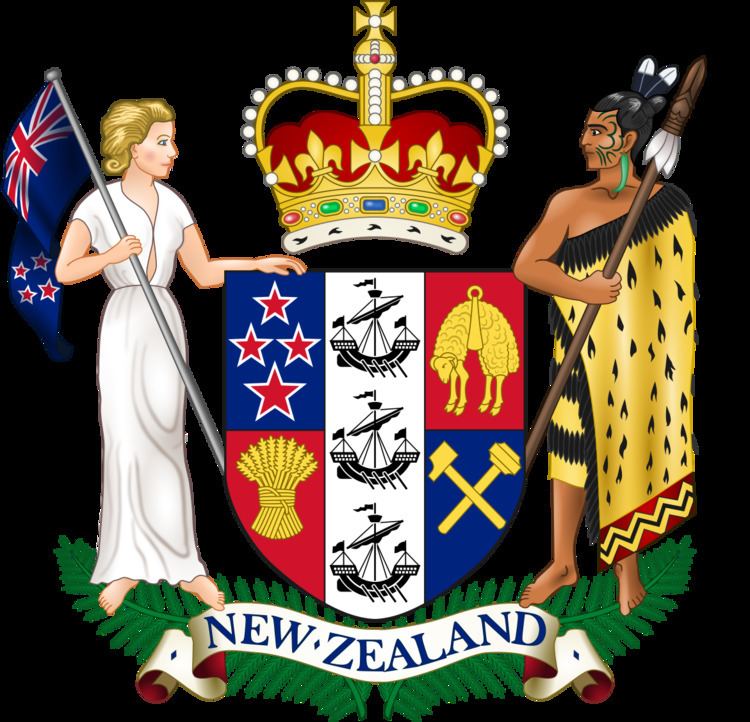 | ||
Territorial authorities are the second tier of local government in New Zealand, below regional councils. There are 67 territorial authorities: 12 city councils, 53 district councils, Auckland Council and Chatham Islands Council. Six territorial authorities (Auckland Council, Nelson City Council, the Gisborne, Tasman, and Marlborough district councils and Chatham Islands Council) also perform the functions of a regional council and thus are unitary authorities. A unitary authority may also have local boards; currently only Auckland Council has them.
Contents
- List of territorial authorities
- Offshore islands
- 1989 local government reforms
- Changes since 1989
- 20072009 Royal Commission on Auckland Governance
- Creation of Auckland Council
- Failed proposed changes
- References
Territorial authority districts are not subdivisions of regions, and some of them fall within more than one region. Taupo District has the distinction of straddling the boundaries of four different regions (see below). Regional council areas are based on water catchment areas, whereas territorial authorities are based on community of interest and road access. Regional councils are responsible for the administration of many environmental and public transport matters, while the territorial authorities administer local roading and reserves, sewerage, building consents, the land use and subdivision aspects of resource management, and other local matters. Some activities are delegated to council-controlled organisations.
List of territorial authorities
Offshore islands
There are a number of islands where the Minister of Local Government is the territorial authority, two of which have a 'permanent population and/or permanent buildings and structures.' The main islands are listed below (population according to 2001 census in parenthesis):
In addition, seven of the nine groups of the New Zealand Outlying Islands are outside of any territorial authority:
1989 local government reforms
For many decades until the local government reforms of 1989, a borough with more than 20,000 people could be proclaimed a city. The boundaries of councils tended to follow the edge of the built-up area, so little distinction was made between the urban area and the local government area.
New Zealand’s local government structural arrangements were significantly reformed by the Local Government Commission in 1989 when approximately 700 councils and special purpose bodies were amalgamated to create 87 new local authorities. Regional councils were reduced in number from 20 to 13, territorial authorities (city/district councils) from 200 to 75, and special purpose bodies from over 400 to 7. The new district and city councils were generally much larger and most covered substantial areas of both urban and rural land. Many places that once had a city council were now being administered by a district council.
As a result, the term "city" began to take on two meanings.
The word "city" came to be used in a less formal sense to describe major urban areas independent of local body boundaries. This informal usage is jealously guarded. Gisborne, for example, adamantly described itself as the first city in the world to see the new millennium. Gisborne is administered by a district council, but its status as a city is not generally disputed.
Under the current law the minimum population for a new city is 50,000.
Changes since 1989
Since the 1989 reorganisations, there have been few major reorganisations or status changes in local government. Incomplete list:
Reports on completed reorganisation proposals since 1999 are available on the Local Government Commission's site (link below).
2007–2009 Royal Commission on Auckland Governance
On 26 March 2009, the Royal Commission on Auckland Governance recommended the Rodney, North Shore, Waitakere, Auckland City, Manukau, Papakura and Franklin territorial councils and the Auckland Regional Council be abolished and the entire Auckland region to be amalgamated into one "supercity". The area would consist of one city council (with statutory provision for three Maori councillors), four urban local councils, and two rural local councils:
The National-led Government responded within about a week. Its proposal, which will go to a Select Committee, has the supercity and many community boards but no local councils and for the first election no separate seats for Maori.
Public reaction to the Royal Commission report was mixed, especially in regards to the Government's amended proposal. Auckland Mayor John Banks supported the amended merger plans.
Criticism of the amended proposal came largely from residents in Manukau, Waitakere and North Shore Cities. In addition, Maori Affairs Minister Pita Sharples spoke against the exclusion of the Maori seats, as recommended by the Royal Commission. Opposition Leader Phil Goff called for a referendum on the issue.
Creation of Auckland Council
Auckland Council was created on 1 November 2010 — a unitary authority that is classed as both a region and a territorial authority. It incorporated the recommendations of the Royal Commission and was established via legislation.
